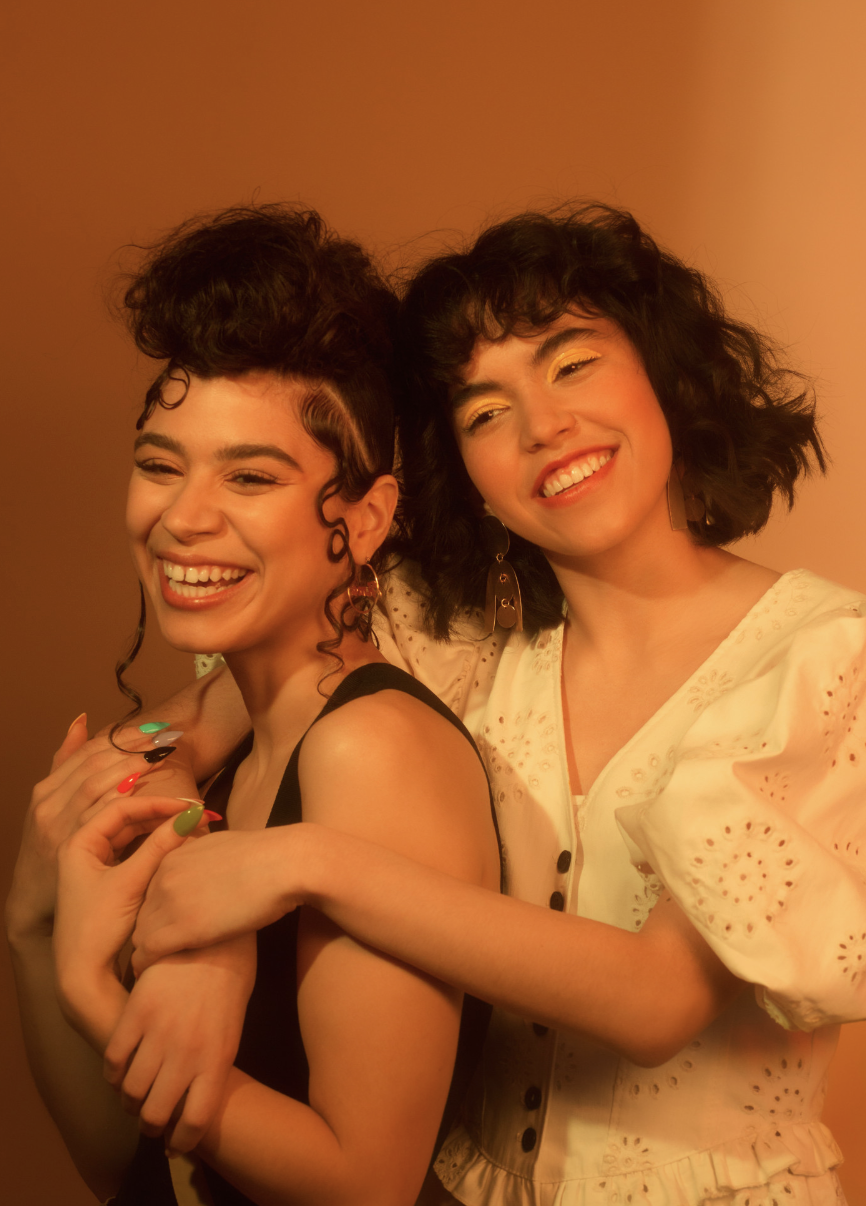The Latinx Beauty Ideal: How Eurocentrism Perpetuates Stereotypes
By Camille Ray
Due to its enduring roots in colonialist and patriarchal discourses, American media fails to appropriately portray multicultural consumers, particularly the Latinx community within the beauty industry.
If you were to Google the word “Latina,” you would quickly notice the undeniable similarities between the women presented. Dramatically curved bodies, bronzed facial complexions, and red-pouted lips constitute the stereotypically “attractive” Latinx women at the expense of cultural intricacy.
Often viewed as a homogenous community, Latinx members include 21 countries or territories containing people of varying races and ethnic compositions. By discounting the transnational and transcultural exchanges between different countries and territories, members of the majority can instill an unawareness of the existence of Latinx community members as they exist between the margins of the American mainstream Whiteness and the perimeters of Blackness.
Image: Natalia Mantini / Refinery29 for Getty Images
The idea that all members of the Latinx community can – and should – conform to a single predetermined beauty norm discounts not only centuries of cultural diversity but also desecrates the capacity for individualism for a group already facing marginalization. For those unable or unwilling to subscribe to the stereotypical aesthetic or do not have the “right” features instills feelings of isolation while hindering subsequent desires for creative expression. Furthermore, people who then fit the “basic” Latinx beauty standards may feel scrutinized for adhering to stereotypical forms of expression.
In both cases, Latinx community members are driven by outside media portrayals dominated by white people primarily focused on perpetuating eurocentric physical appearances in the media. After decades of institutionalized stereotyping, Latinx beauty users are left with far less freedom than their majority counterparts, an issue not exempt from UCLA, explained second-year UCLA student Jessa Amaya.
“The overall beauty standard is more whitewashed and eurocentrism…which makes it difficult to fit that mold when you’re a completely different race. When your hair texture, face structure, and everything about you are different from a beauty standard, you kind of have to fit your community’s beauty standard. Still, it’s difficult to gauge how much you embrace those stereotypes to fit in,” said Amaya.
Image: Natalia Mantini / Refinery29 for Getty Images
Another enduring trope surrounding Latinx women in American culture includes tropicalism, which positions the Latina body in a hypersexualized manner. As a damaging form of objectification, this exotification of individuals strips them of a single identifier, further drowning individualism and perpetuating fetishism. While highly rated and viewed, Amaya views the American sitcom Modern Family as a prime example of direct fetishism of Latina characters, specifically actress Sofia Vergara’s character, Gloria Delgado.
“Sofia Vergara is someone a lot of people model after because she is beautiful, but her character definitely contributed to an over-sexualization,” Amaya said. “I feel like Latinx people are fetishized a little bit, and it’s not talked about enough. There’s a stereotype of a “Latin lover,”…which is weird because white people oppress Latin people, but here they are fetishizing us. It does force people to adopt a certain persona.”
Playing an increasingly prominent role in consumer behavior, the media industry must harness more representation in depictions of varying communities or risk facing a lacking individualist-driven society. Amaya clarified that the Latinx community’s prevalence of eurocentrism not only lessens opportunities for creativity but also inhibits new idols from positively influencing adolescents.
“Latinx media representation is very lacking, so a lot of the time, it’s difficult to model yourself after someone. We have 3 Mexican-American people to idolize. Some famous singers are such a cultural phenomenon, but I guess sometimes we want to dress like people we idolize, and that’s limited because of a lack of representation.”
Image: Natalia Mantini / Refinery29 for Getty Images
As it pertains to the beauty industry, understanding the nuances of Latinx culture means searching beyond stereotypical media portrayals and focusing directly on consumer demands. By enabling eurocentrism to continue, the pressure to assimilate or even reject heritage traditions occurs. Beauty is a tool of empowerment, reclamation, and self-expression, and no community should be barred from being their authentic self.




